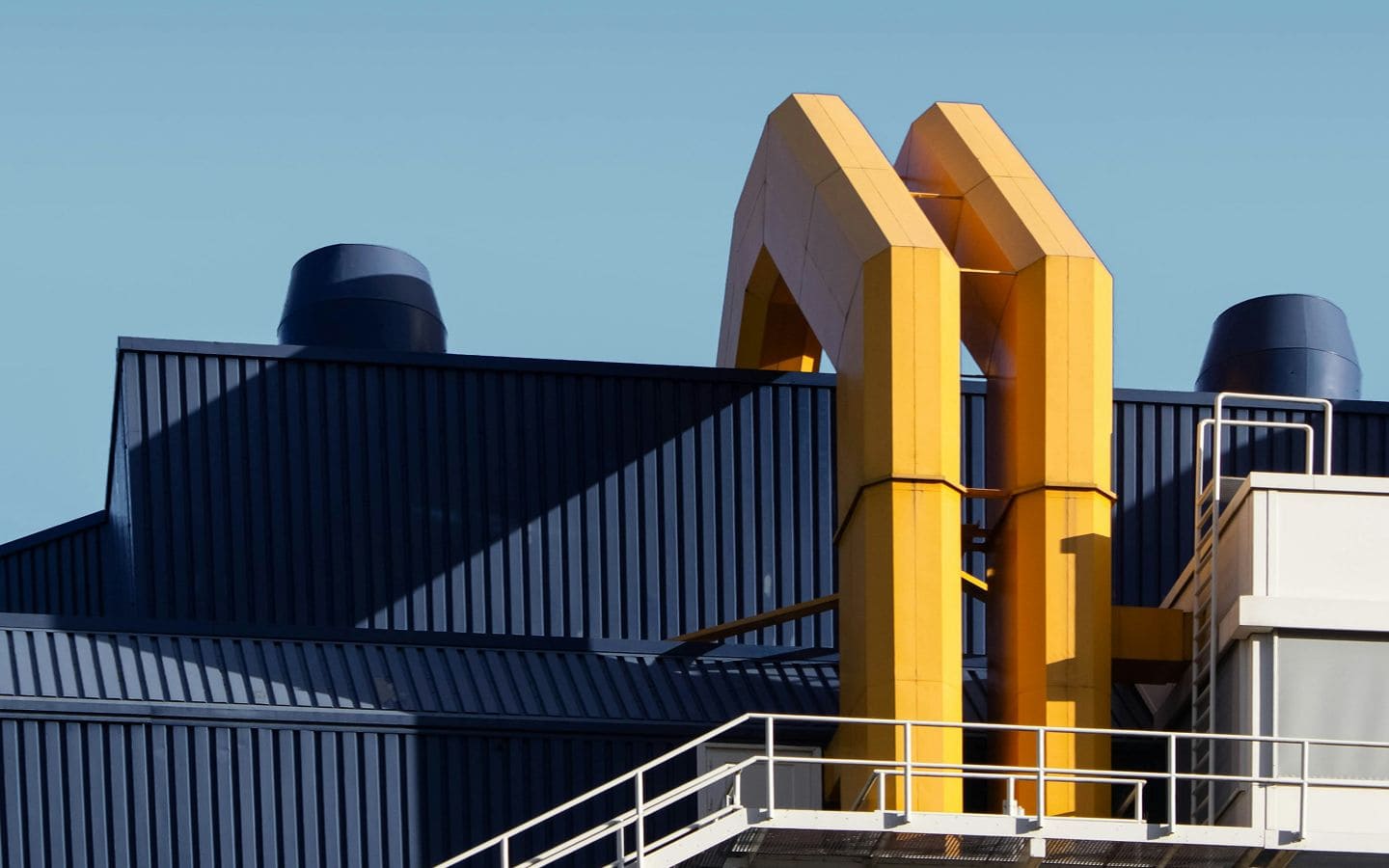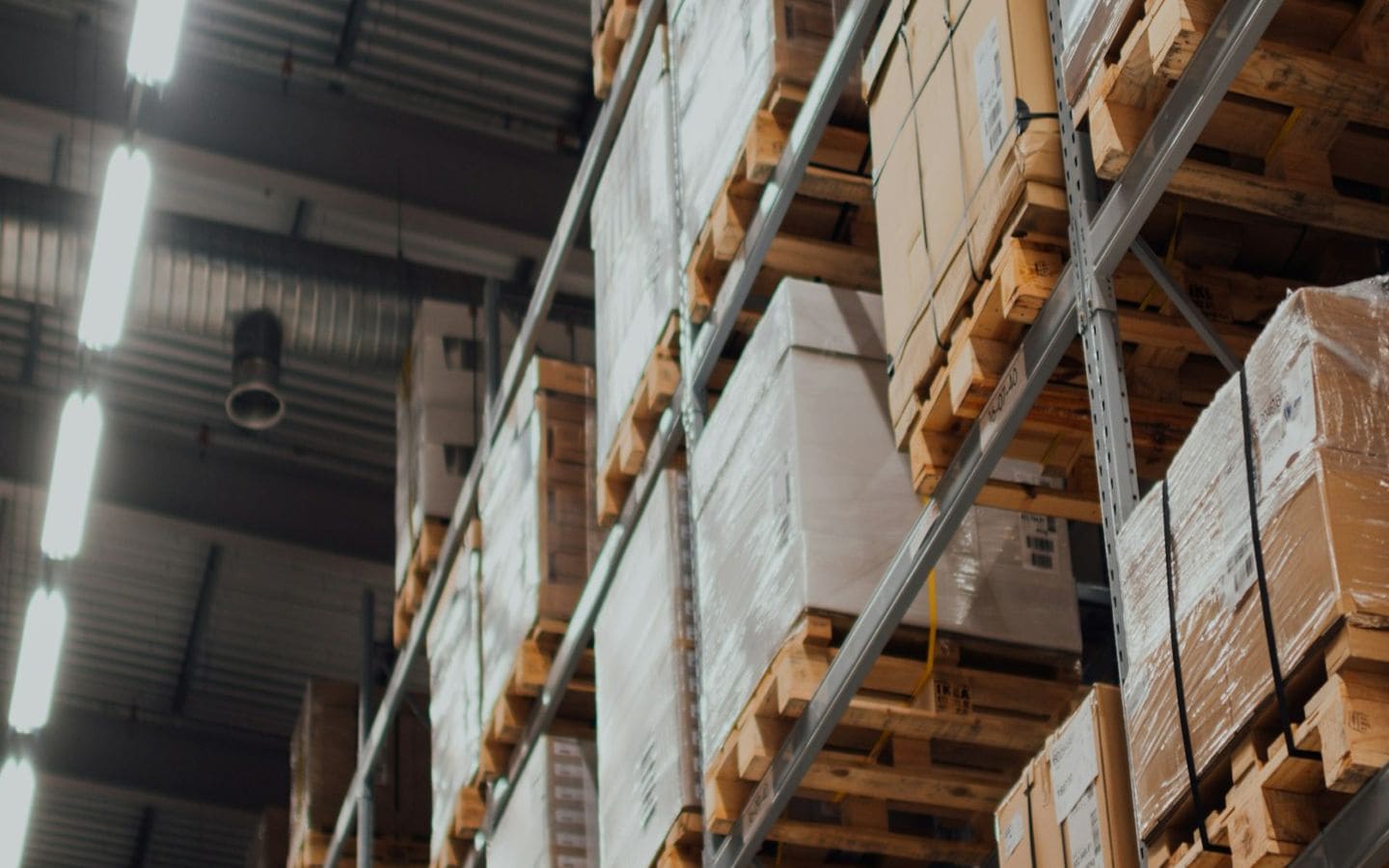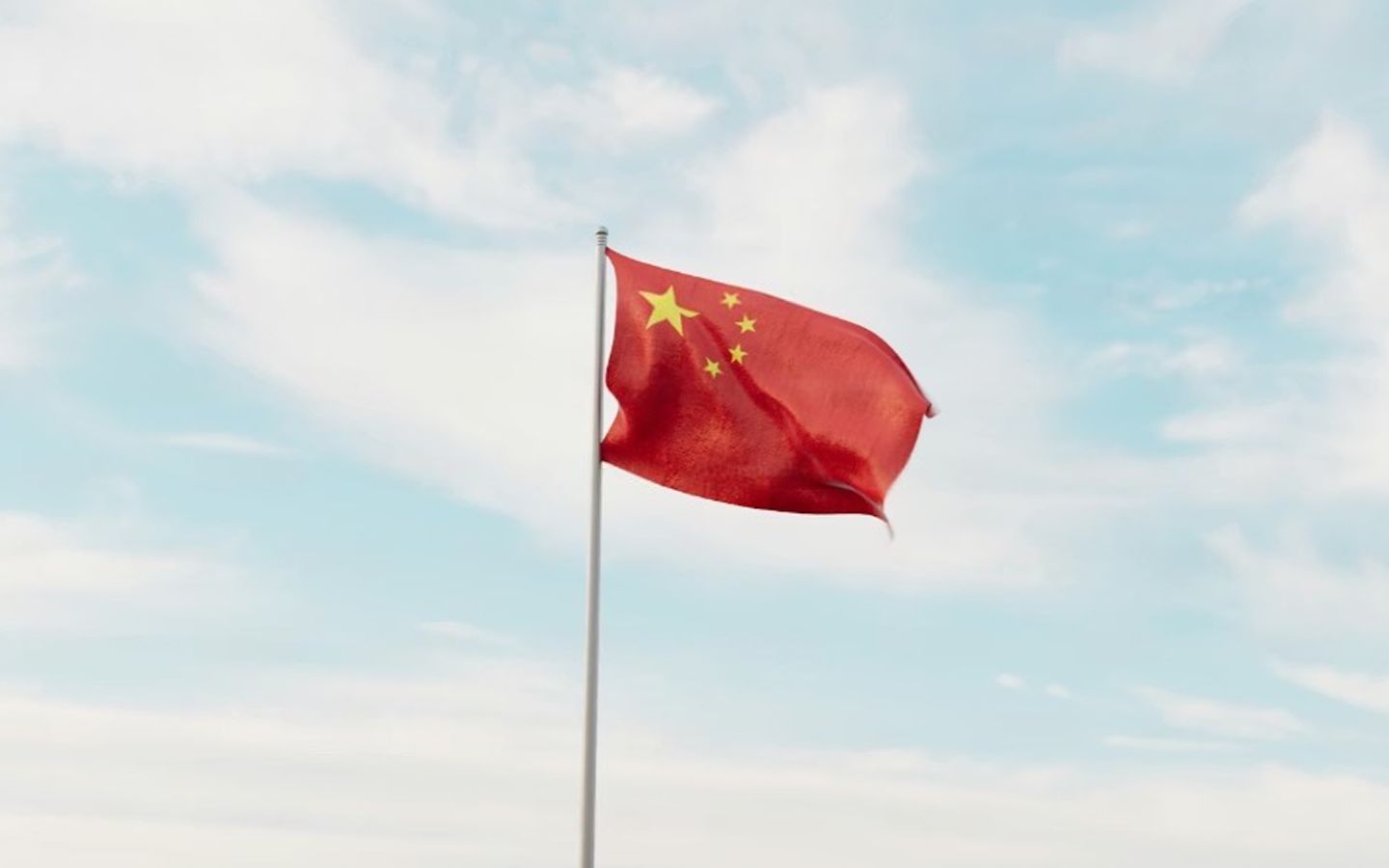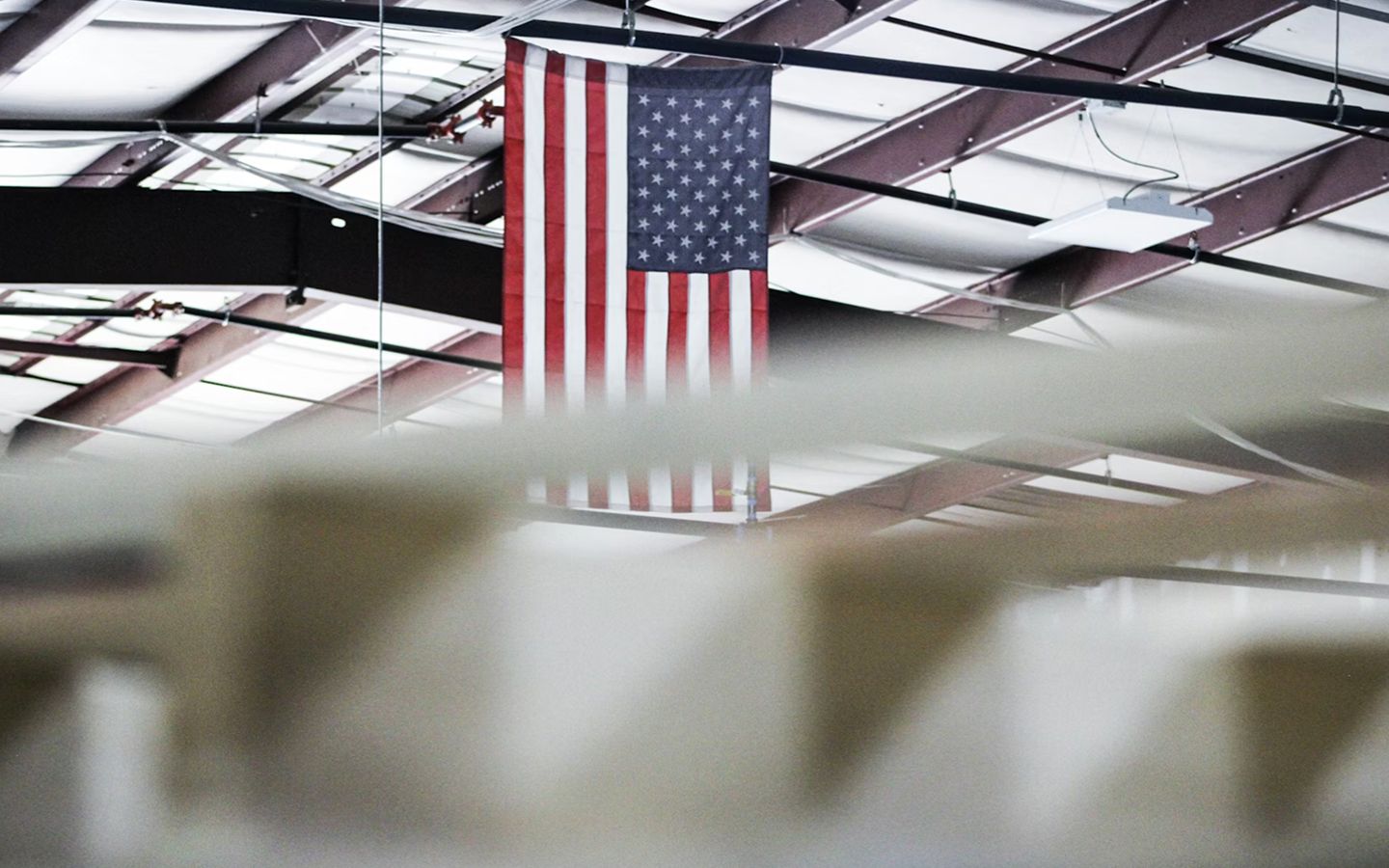AI in manufacturing: 5 ways tech is changing custom production
AI is no longer future talk, it is firmly embedded in how products are conceived and ultimately made. It has moved from white papers, keynote slides and TED Talks into the machines and software that keep production floors running.
For custom products especially, AI is reshaping how ideas become physical objects. The rise of AI in manufacturing matters because it touches every stage of the process: design, demand planning, quality control, sampling, and supply chain flow. Small brands and large factories alike are feeling the shift drastically and exponentially.
This article looks at five ways AI is transforming custom production, with lessons that any creator or business can use not just to be ahead of the curve, but to trace it.

1. Smarter design decisions
AI product design platforms analyze thousands of styles and trends, then suggest shapes, fonts, or color palettes that resonate with target audiences. Instead of guessing, creators can now refine their ideas with predictive insight.
For custom patches, for example, AI can test how a logo will render in embroidery versus print or PVC before a sample is ever made. It reduces trial and error while leaving space for total creativity. The designer still decides the look, but AI shortens the distance between concept and clarity.
And smarter design choices tie into responsibility. Tools that recommend materials or suppliers can reinforce principles outlined in ethical fashion for example, ensuring inventiveness and sustainability work hand in hand.
2. Predicting demand before production
Overproduction has always haunted manufacturing. AI is changing that through predictive demand planning, helping brands produce closer to real needs.
AI tools scan:
Historical sales across product categories
Search trends that spike around seasonal moments
Social chatter that hints at rising aesthetics or memes
For small businesses, this is the difference between dead stock and sell-outs. For big names, it is how they stay lean without losing relevance.
3. Automating quality control
Consistency separates professional merch from cheap giveaways. AI quality control systems now catch defects that human inspectors might miss. High-resolution cameras and learning algorithms scan products at speed, flagging irregular stitches, warped prints, color mismatches and so much more.
On a run of custom embroidered patches, for example, AI can measure stitch density against the design file in real time. If a thread breaks or tension drifts, the system halts the run and corrects it. That level of control was nearly impossible before. The result is fewer returns, better customer trust, and higher creative confidence.

4. Accelerating sampling and prototyping
One of the biggest frustrations in custom production is waiting weeks for samples. AI shortens that cycle. With automated sampling tools, brands can generate accurate digital twins of their products, testing proportions, colors, and placements in hours instead of days.
For example, prototyping with AI allows a brand to preview how a chenille patch will sit on a hoodie, or how woven labels will look on a denim jacket, before the first thread is stitched. When paired with low MOQ manufacturing, this opens the door to more experimentation without the risk of waste.
This is why approaches like cut & sew manufacturing have gained traction. They already give creators more flexibility than print-on-demand, and AI now accelerates these methods even further by simulating fits and finishes digitally before production begins.
5. Optimizing supply chains for custom orders
Even the best designs fail if the supply chain cannot keep up. AI supply chain management is bringing precision to sourcing, shipping, and inventory for custom runs. Instead of bulk forecasts, AI can optimize material orders and shipping routes at the unit level.
For small brands, the question often is: can AI help small brands manage supply chains? The answer is yes. Cloud-based AI tools now track supplier performance, predict shipping delays, and suggest alternative vendors in real time.
This shift is part of why small brands are moving away from Alibaba in 2025 and experimenting with new sourcing strategies. In fact, knowing how to source apparel from different regional hubs can become a competitive advantage when paired with AI-powered logistics.
Pro tip: You do not need a massive budget to benefit. Many e-commerce platforms already integrate AI logistics tools. Pair them with flexible partners who truly understand how low MOQ manufacturing works, and even small creators can run global operations with confidence.

Final thoughts
AI is not replacing creativity in custom goods. It is amplifying it. From AI product design that sharpens ideas, to predictive planning that cuts waste, to automated sampling that speeds launches, technology is turning once-costly experiments into practical workflows.
The five shifts outlined here: design, demand, quality, sampling, and supply chain, are shaping the future of custom production.
And the proof is everywhere. Even global innovators like Google and heritage icons like Adidas have worked with THE/STUDIO to merge technology with creative execution. If the giants are using smarter production to stay relevant, all creators can too.
Here’s the deal: the brands that thrive will not be the ones who resist AI or chase it blindly. They will be the ones who master the balance, using AI to streamline the process while keeping human creativity at the center. Innovation without imagination is empty. Imagination without execution is fragile. Together, they are unstoppable.





